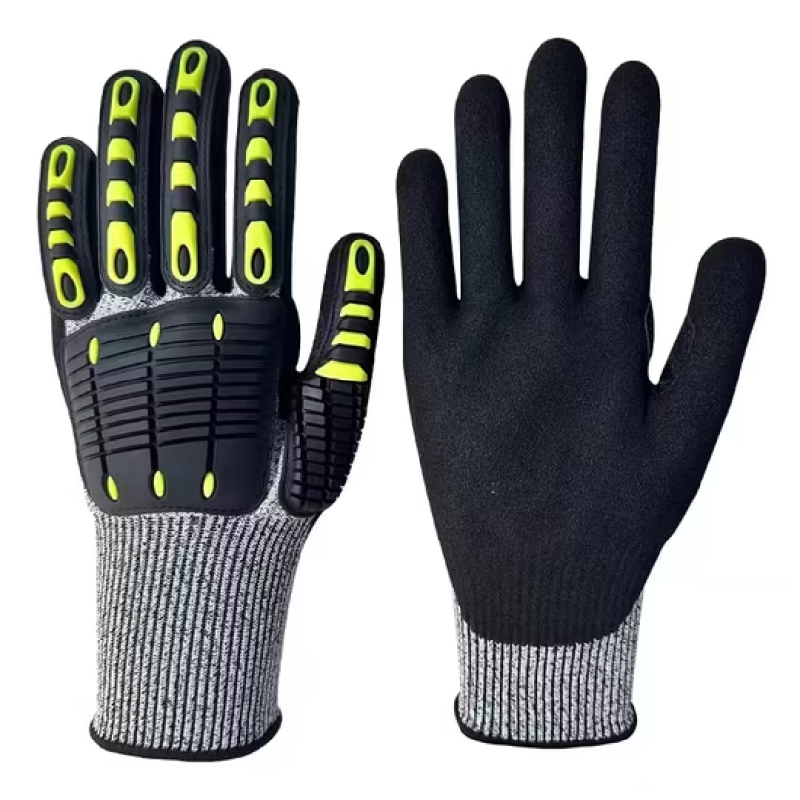
Item Code:
116010678068Brand:
Our hands are among our most valuable tools, yet they're frequently exposed to workplace hazards. According to safety organizations, hand injuries account for nearly 25% of all workplace accidents. Selecting the appropriate gloves for specific tasks is not just a compliance issue—it's essential for preventing injuries that can have lifelong consequences.
Engineered with advanced materials like Kevlar, Dyneema, or stainless steel mesh, cut-resistant gloves provide protection against sharp edges, blades, and materials. They're rated on a scale from A1 to A9, with higher numbers indicating greater protection. These gloves are essential in manufacturing, glass handling, metal fabrication, and food processing industries where sharp objects pose constant threats.
Designed to protect against thermal hazards including extreme heat, open flames, and splashes of molten material, heat-resistant gloves are typically constructed from leather, aluminized materials, or other specialized insulators. Critical for welders, foundry workers, firefighters, and anyone working with high-temperature processes, these gloves can mean the difference between minor incidents and severe burns.
Creating a reliable barrier against liquids, chemicals, and biological hazards, these gloves are available in materials like nitrile, neoprene, latex, and PVC. Each material offers different resistance properties, making selection based on specific chemicals crucial. They're indispensable in cleaning, healthcare, chemical processing, and laboratory environments where exposure to harmful substances is a daily risk.
Choosing appropriate gloves requires careful assessment of your specific work environment. Consider the type of hazard (cut, heat, chemical, abrasion), duration of exposure, required dexterity, and comfort needs. Always check manufacturer specifications to ensure gloves meet relevant safety standards for your application, such as ANSI/ISEA 105 for cut resistance or NFPA standards for heat protection.
Gloves that don't fit properly can be as dangerous as wearing no protection at all. Tight gloves restrict movement and reduce blood circulation, while loose gloves impair dexterity and can get caught in machinery. Always consult sizing charts and try on different sizes if possible. Regularly inspect gloves for signs of wear, damage, or degradation, and replace them immediately when compromised. For reusable gloves, follow manufacturer instructions for proper cleaning and storage to maintain their protective qualities.
Remember that no single glove type protects against all hazards. Different tasks require specialized hand protection, and using the wrong gloves can provide a false sense of security. Invest in quality protection—your hands are worth it.